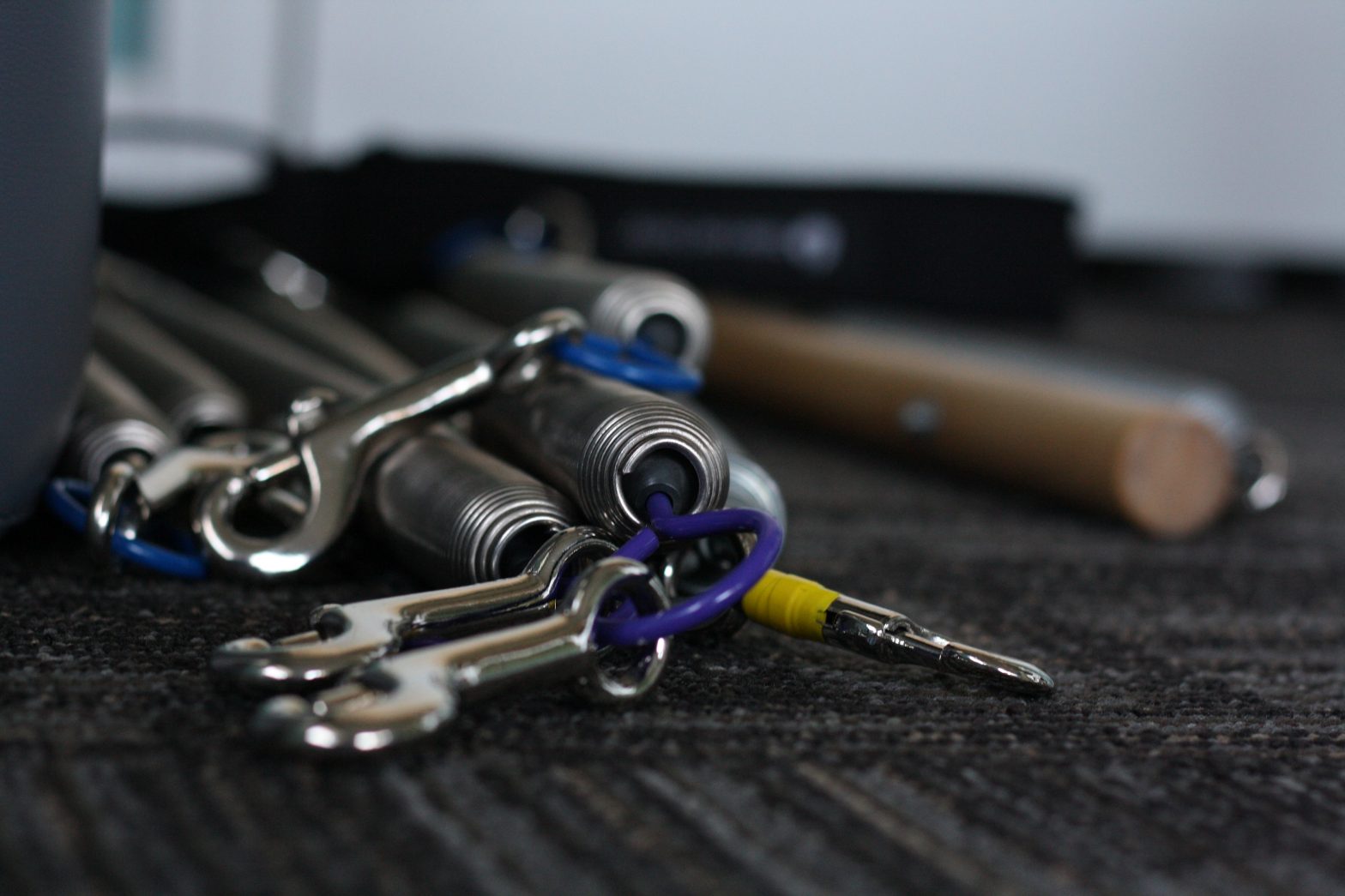
Since the springs on your Pilates equipment are integral to the method you teach your clients, it is absolutely necessary to make sure they are safe. But how, exactly, do you determine whether a spring is safe? Here is a simple three step guide to keeping you and your clients safe in the studio.
Step one: Make a Plan
Schedule a time every month that is convenient for you to make a quick round of the studio. I’ve been to many studios that know what to do, but don’t actually do it because they didn’t schedule a check in their month so other priorities consistently pushed equipment checks down the To Do list.
The best plan is one that you will actually do, so figure out a way that works best for your studio. It could be you, the owner, your office manager, or a designated instructor who has taken on the extra responsibility. I’ve visited some creative studios where each instructor has one or two pieces of equipment assigned to them, and they are responsible for all maintenance of those pieces, not just spring checks. Other busy studios have traded Pilates classes for two or three hours of monthly maintenance work with a trusted client of theirs. Whatever the method, make sure it’s one you can easily and regularly execute.
Step Two: Record what you See and Do
Using a maintenance log to track your monthly checks will make your life much easier not only tracking spring condition but other maintenance tasks as well. Your log can be as official as the one Balanced Body sells, or as simple as a lined notebook or Excel document on your computer. Not all your springs will be changed at the same time, so you may have springs of varying ages on different pieces of equipment.
In my log, I typically have a page where I note the date and my initials every time I do an inspection. Then, I have one additional page for each piece of equipment where I record the serial number, purchase date, and any relevant observations, upgrades, part or spring replacements for that particular apparatus.
Step Three: Inspect Your Springs
When you inspect your springs, look for things that don’t look uniform. This may include:
- A gap in the coils when at rest
- A wave in the coils
- A kink or shift in the coils
- Rust or other significant discoloration
- When expanded, coils that don’t open evenly
The pictures below show a few examples I’ve come across in my travels.
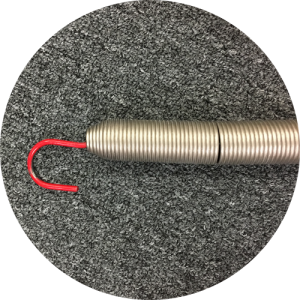
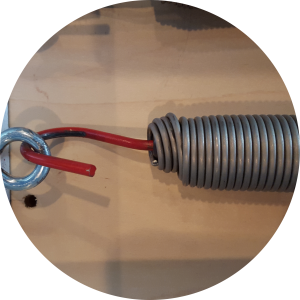
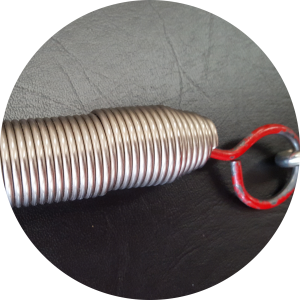
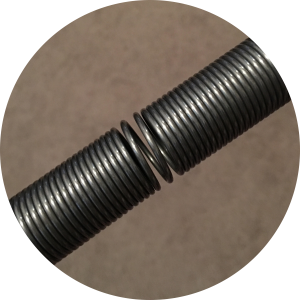
To find anomalies like these, be sure you check the WHOLE spring. One of these examples was hidden under the Reformer carriage, so no one noticed it until I peeked my head underneath. When you see something that doesn’t look normal, stop using the spring immediately. It could break! And, as always, if you find any suspicious-looking springs you aren’t sure about, send a photo to your manufacturer’s Tech Support.
This post also appears on the Balanced Body Blog.

